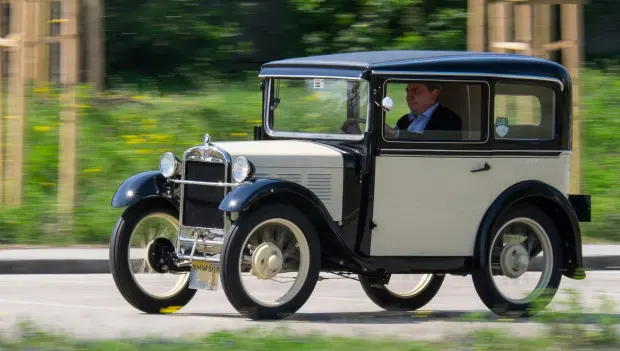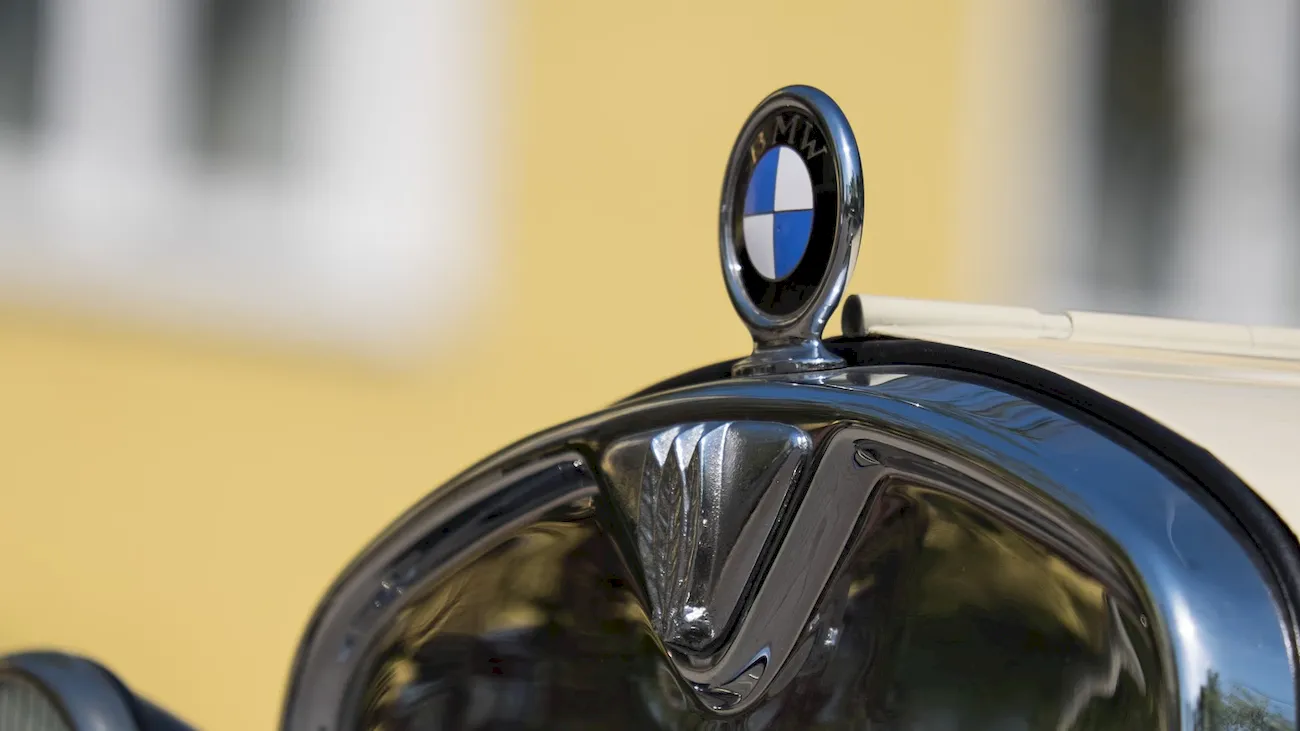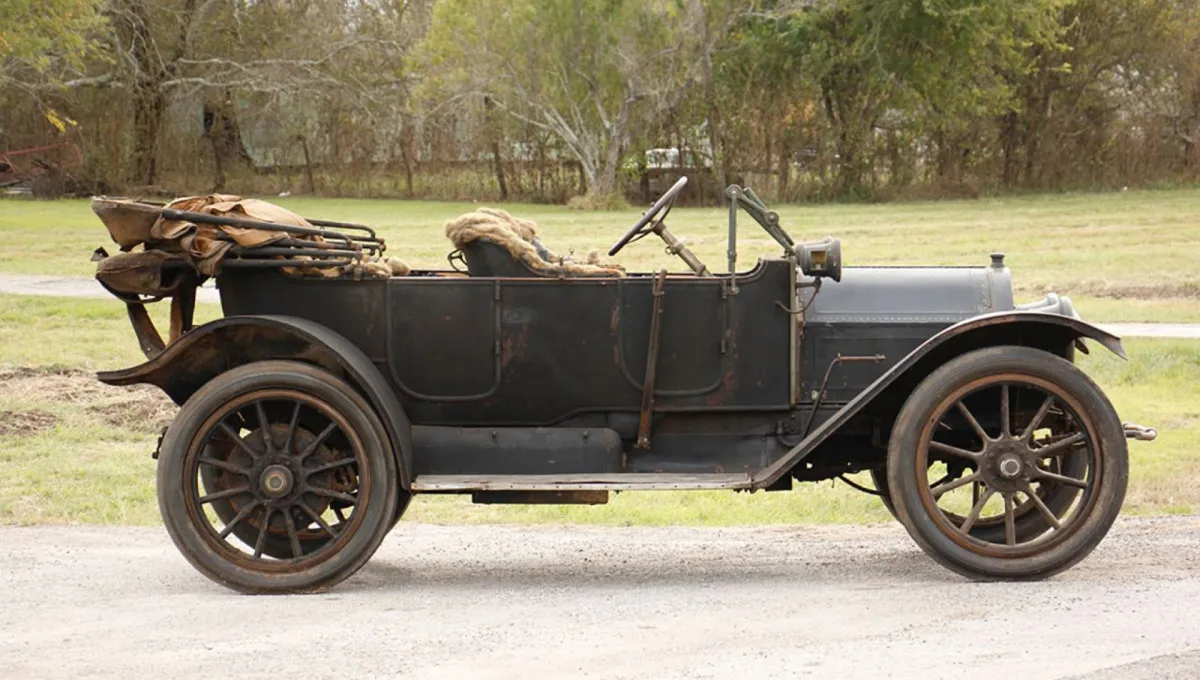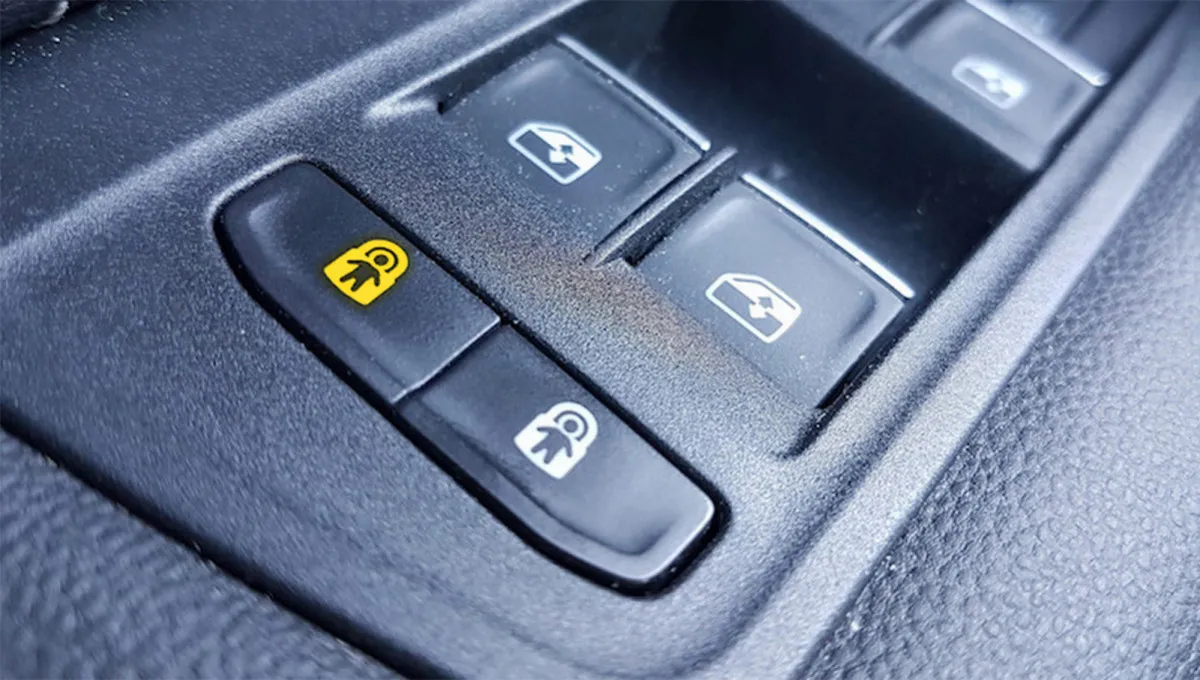Born for the Sky — Fell in Love with the Road: Why BMW Always Goes Against the Rules
For millions of drivers around the world, three simple letters — BMW — mean one thing: the joy of driving.

BMW is more than just a car brand. It’s a philosophy of motion, a masterpiece of engineering precision, and a passion forged in metal. For millions of drivers around the globe, the three letters BMW stand for one thing — pure driving pleasure. The company’s history is a journey from aircraft engine workshops to the electric vehicles of the future, where innovation meets timeless German craftsmanship.
BMW (Bayerische Motoren Werke — “Bavarian Motor Works”) was born in 1913, founded by two engineers, Karl Friedrich Rapp and Gustav Otto. Their Munich-based companies specialized in aircraft engines. By 1917, the newly united enterprise was producing powerplants that became synonymous with reliability in the skies.
After World War I, the Treaty of Versailles banned Germany from manufacturing aircraft engines, and BMW found itself on the brink of collapse. But that crisis became the start of a transformation — from a military contractor into a civilian manufacturer.
From Motorcycles to Cars
The turning point came in 1923, with the debut of the BMW R32 motorcycle — compact, durable, and remarkably reliable. It laid the foundation for BMW’s reputation as a builder of machines that balanced power and comfort in perfect harmony.
Five years later, after acquiring a plant in Eisenach, the company launched its first automobile — the BMW Dixi, based on Britain’s Austin 7. Affordable and simple to maintain, it brought BMW confidently into the world of automobiles.
During World War II, BMW once again produced military equipment. The war’s end left its factories in ruins and its production banned. The company had to rebuild from scratch. In 1948, the R24 motorcycle marked the first step toward recovery, followed by the elegant BMW 501 sedan three years later — nicknamed the “Baroque Angel” for its flowing lines and refined design.
BMW gradually reclaimed its status. In 1959, the affordable and reliable BMW 700 saved the company from bankruptcy. A few years later came the car that would define the brand’s future.

The Birth of a Sports Legend
The BMW 1500 (1962) became the ancestor of all modern sports sedans. It combined comfort, control, and performance — traits that would forever define the BMW driving experience.
The 1970s saw the birth of the 3 Series (E21) — compact, dynamic, and perfect for everyday driving. Soon followed the E28 5 Series, a symbol of business-class elegance, and the iconic E30, beloved by driving enthusiasts worldwide.
“BMW doesn’t build cars for drivers — it builds them for those who live to move,” said designer Claus Luthe.
A Century of Innovation and Global Success
By the 1990s, BMW had firmly established itself in the premium segment. The X5 and X3 opened the crossover market for the brand, while the M Series proved that performance and comfort could coexist.
In 2013, BMW launched the visionary BMW i project — a revolutionary line of electric vehicles. The i3 and i8 set new benchmarks for sustainable mobility, blending cutting-edge technology with stunning design.
Step by Step: How BMW Became a Global Leader
-
Innovation without compromise. BMW pioneered stability control systems, adaptive suspension, and intelligent driver assistance features.
-
Global presence. Factories in the U.S., China, India, and Brazil provide worldwide reach and production flexibility.
-
Electric mobility. The company invests heavily in battery technology and autonomous systems, transforming its cars into “smart platforms on wheels.”
-
Design as DNA. Every BMW is instantly recognizable by its signature kidney grille and dynamic body lines.
Myths and Facts
Myth: BMWs are only for the wealthy.
Fact: The lineup covers every segment — from the compact 1 Series to the flagship 7 Series.
Myth: German cars can’t handle harsh climates.
Fact: Modern BMWs are engineered for diverse environments, from Russia to Northern Europe.
Myth: BMW’s EVs can’t match the performance of gasoline models.
Fact: The i4 and iX accelerate faster than many traditional sports cars.
Logo and Brand Symbolism
BMW’s roundel — divided into blue and white quadrants — symbolizes a spinning aircraft propeller, a nod to the brand’s aviation roots. It also reflects the colors of Bavaria, BMW’s homeland. Over the past century, the logo has evolved subtly while preserving its engineering heritage.
Fun Facts
-
One in every five BMWs sold goes to China.
-
BMW became an official vehicle supplier for German police back in the 1930s.
-
The company owns both Mini and Rolls-Royce Motor Cars.
-
In 2025, BMW will unveil a new generation of EVs capable of traveling up to 620 miles (1,000 km) on a single charge.
BMW is a story of resilience, talent, and an unrelenting drive for perfection. The company has managed to preserve its spirit and emotion in an increasingly digital world. From its first engines to tomorrow’s intelligent electric vehicles, BMW remains a symbol of engineering excellence — and a true philosophy of motion.
You may also be interested in the news:

Mystery Button Hidden Under Most Car Dashboards — And Why So Many Drivers Don’t Know It Exists
Modern cars are packed with features and buttons whose purpose can be surprisingly hard to guess.

Why Automakers Ditched Inner Tubes for Tubeless Tires: Surprising History and Details
How tubeless tires reshaped road safety and comfort — unexpected facts revealed.

Shine and Glamour of Retro: Al Capone’s Legendary Cadillac
From the very beginning, Cadillac cars have been seen as a symbol of luxury.

Astronaut Button: What This Mysterious Car Feature Actually Does
Some functions in a modern car make sense only after digging into the owner’s manual — and this little button is a perfect example.

Many American drivers notice round holes in the asphalt — most don’t know why they’re there
People have been speculating for years about what these holes really are.